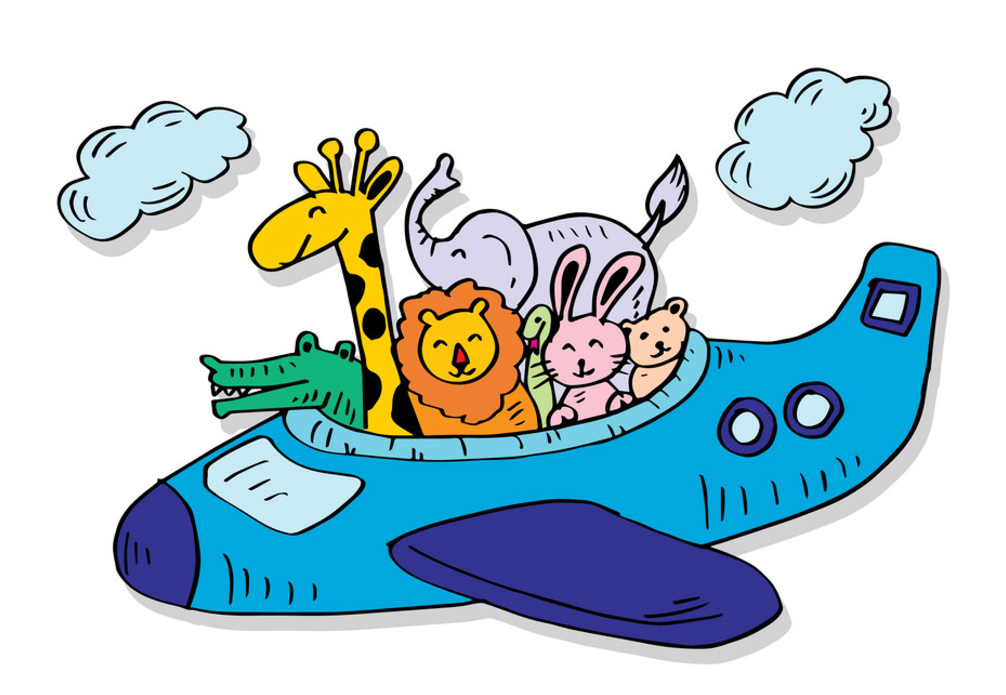
When I was on safari in Tanzania, our guide told us the game preserves sometimes had to transport wildlife from one area to another to increase genetic diversity among a species’ population and/or prevent overgrazing. I told him I imagined people on horseback herding zebras and giraffes, while the lions and rhinos rode in trucks.
Turns out I was wrong about how the lions travel.
Here are some recent photos of Kalahari lions, known for being the largest lions in Africa. Three of them were flown from Khamab Kalahari Reserve to Mabula Game Reserve on a Pilatus PC-12.
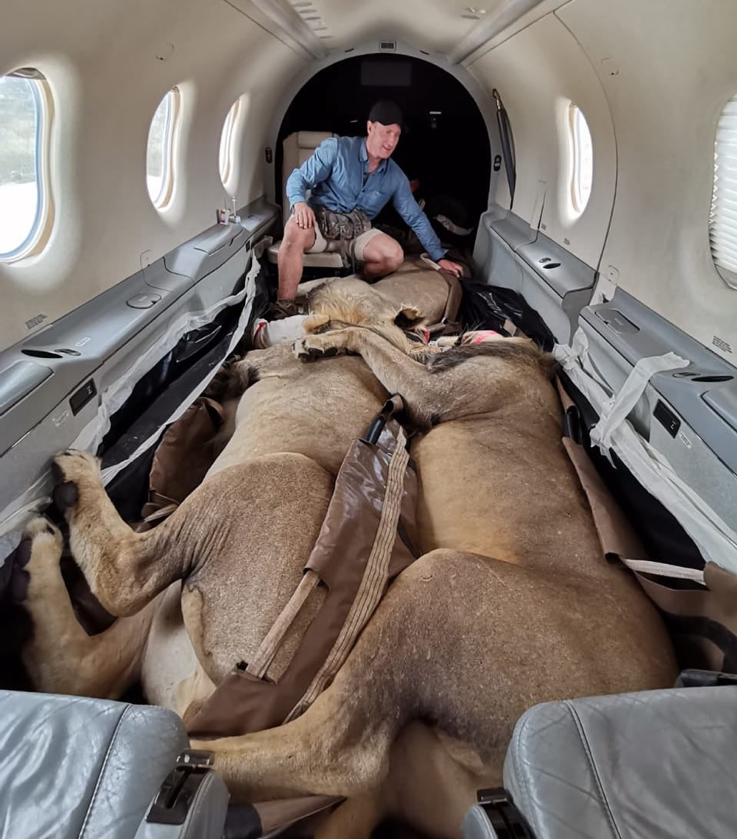
In addition to the pilots, there was also a flight attendant vet in the cabin to serve meals monitor the animals. (If they wake up, make that, “serve as meals.” There’s a book from the ‘60s called “Coffee, Tea, or Me?” on what was then called the “stewardess life.” This gives that title a whole new meaning.)
And while the lions appear to be in lie-flat seats, the next time I hear someone complain about flying cattle class because their upgrade didn’t clear, I’ll tell them it’s still better than lion class.
What would make this perfect is if the plane were from the Indonesian airline Lion Air’s fleet. But then, they’d have had to change their marketing slogan: “We Make People Fly.”
I was wrong about how rhinos are moved, too.
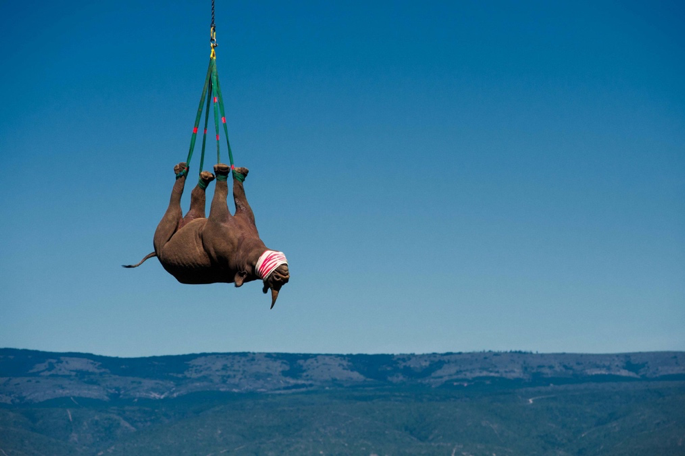
Yep, by helicopter.
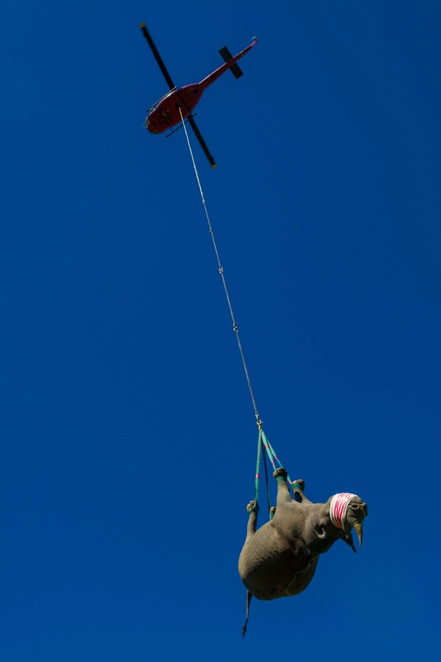
This 2,200-pound black rhino was flown out of a poaching hotspot into the Great Fish River Reserve, South Africa. (The helicopters are also used to spot and track poachers.)
Apparently it is faster, easier, and safer for the rhinos to transport them this way rather than via stretchers on a truck. Plus, some of the areas they are taken to are inaccessible via vehicle.
***
This was delivered yesterday:
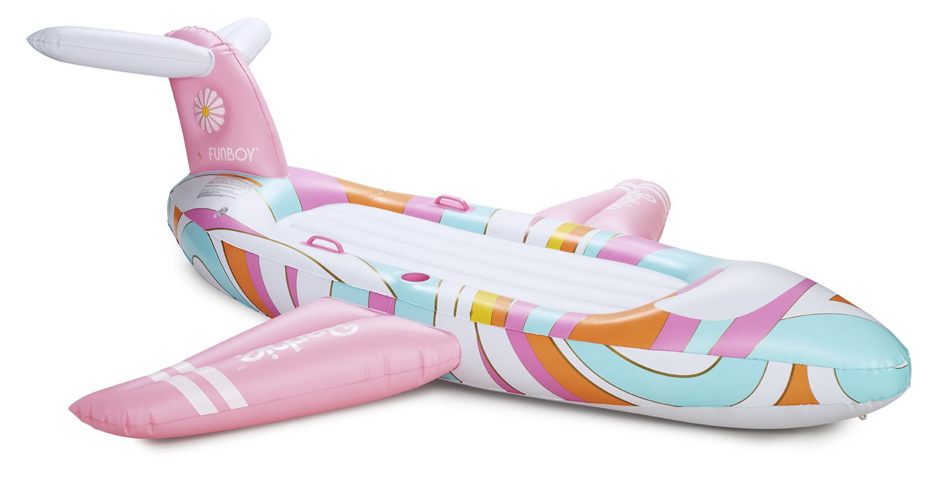
Thank you, Husband, for the Malibu Barbie Private Jet pool float. (How well does he know me?) It’s nicely tricked out: integrated cup holder, dual handles, and front tether point in case I need a tow out of the pool at the end of the day.
Now if I can just find a helicopter to attach it to…
